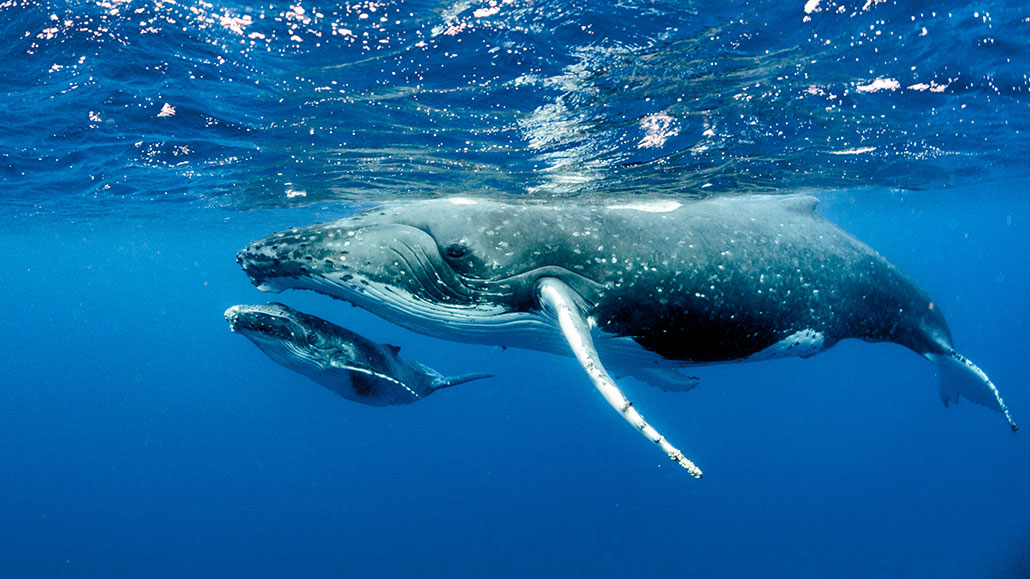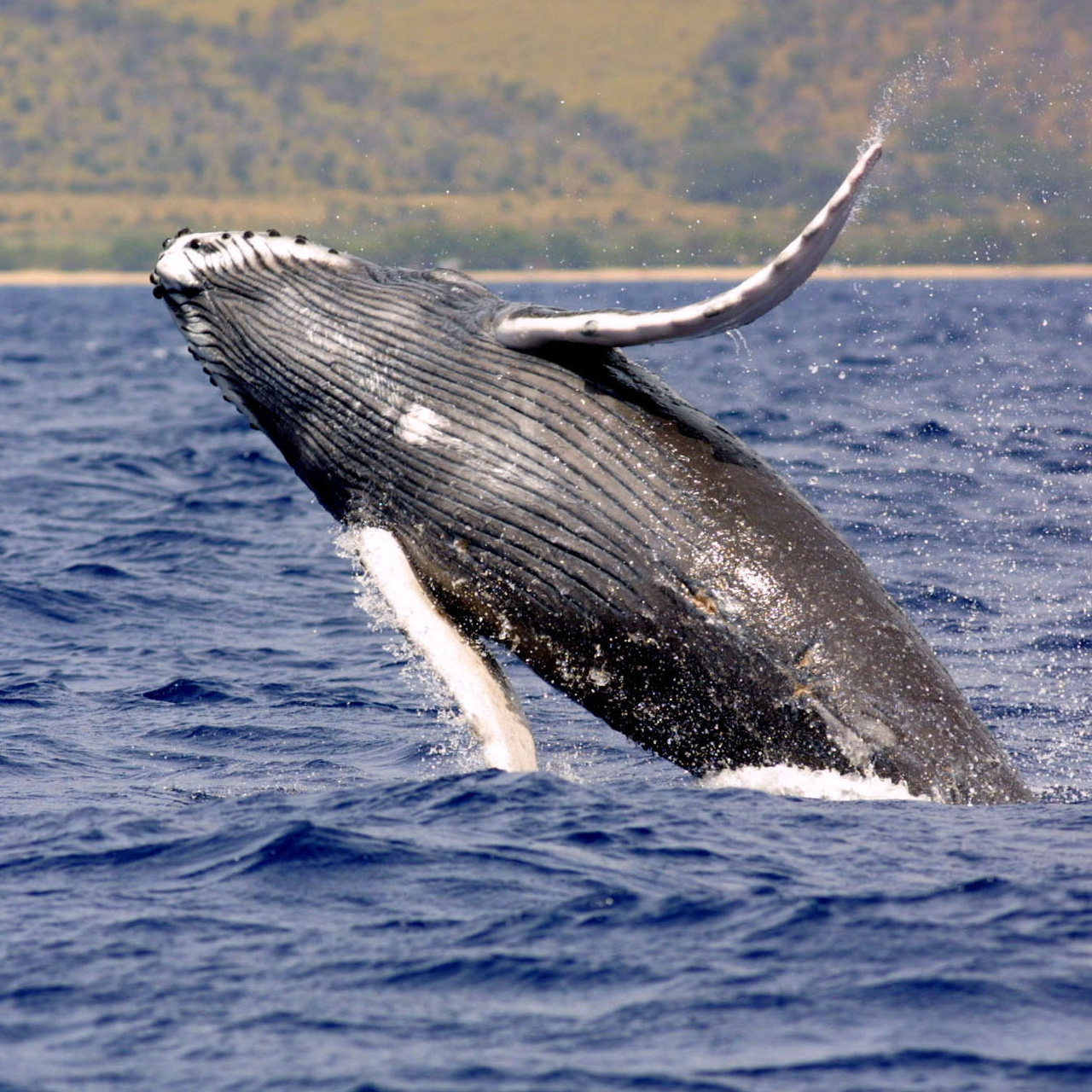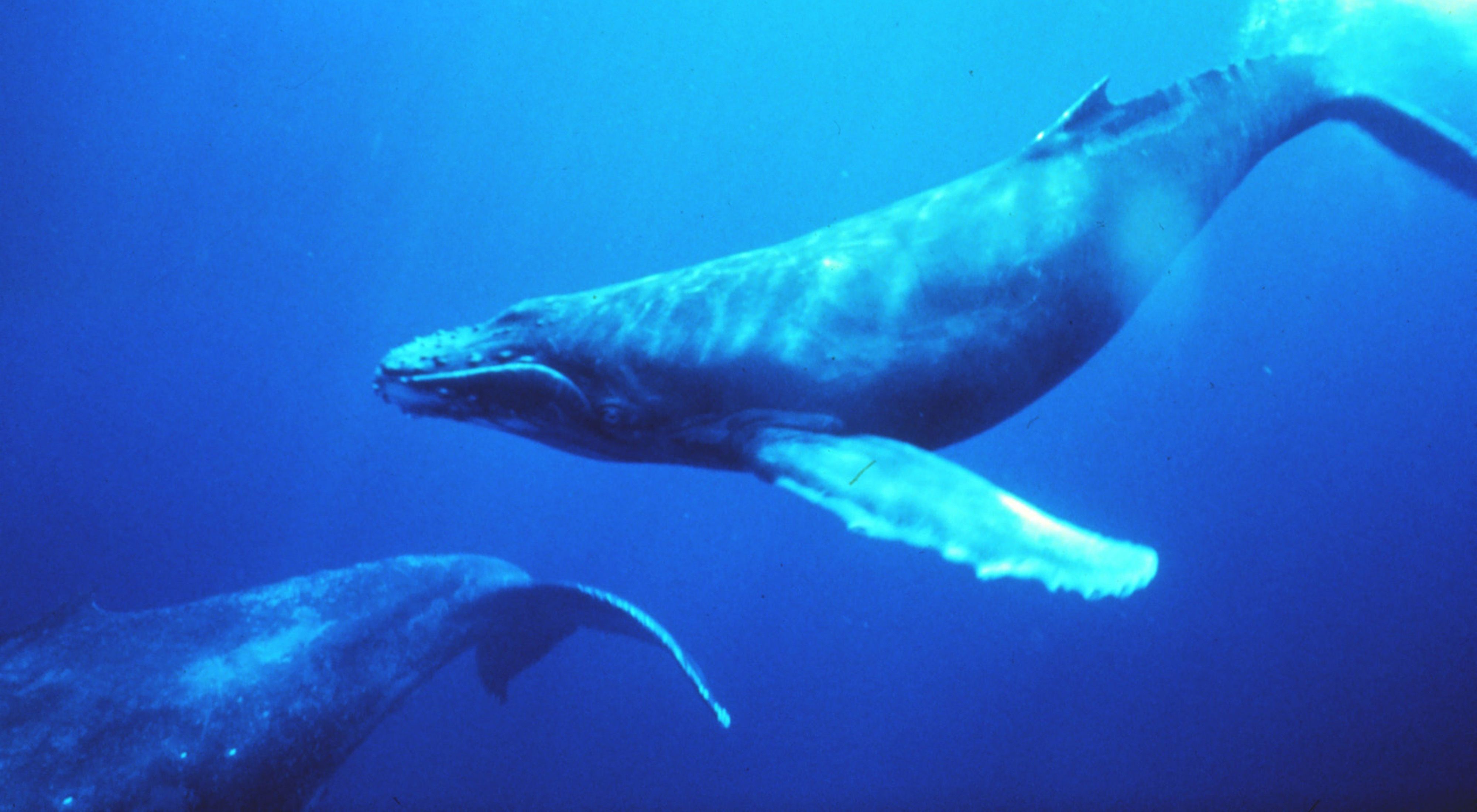Whales: Giants of the Ocean Realm
Whales, with their immense size, majestic beauty, and mysterious allure, are among the most iconic and enigmatic creatures of the ocean. These marine mammals, belonging to the order Cetacea, encompass a diverse array of species, ranging from the mighty blue whale, the largest animal on Earth, to the acrobatic humpback whale and the elusive sperm whale of the deep sea. In this exploration, we delve into the fascinating world of whales, uncovering their biology, behavior, ecological significance, cultural significance, and the challenges they face in an ever-changing marine environment.
Anatomy and Physiology Whales are characterized by their streamlined bodies, paddle-shaped flippers, and powerful tails, which propel them through the water with grace and efficiency. They are warm-blooded mammals, adapted to life in the marine environment, with specialized adaptations for swimming, diving, and feeding.
Whales are characterized by their streamlined bodies, paddle-shaped flippers, and powerful tails, which propel them through the water with grace and efficiency. They are warm-blooded mammals, adapted to life in the marine environment, with specialized adaptations for swimming, diving, and feeding.
One of the most distinctive features of whales is their method of breathing, which involves surfacing periodically to exhale forcefully through a blowhole located on top of their heads. This process creates a visible spout of water vapor, which varies in shape and size depending on the species. Whales are capable of holding their breath for extended periods, with some species able to dive to depths of over a thousand meters and remain submerged for more than an hour.
Whales are also known for their complex vocalizations, which play a crucial role in communication, navigation, and social interaction. Each species of whale has its own unique repertoire of sounds, ranging from haunting songs and melodic calls to clicks, whistles, and pulsed sounds used for echolocation and prey detection.
Ecology and Behavior Whales inhabit every ocean on Earth, from the icy waters of the Arctic and Antarctic to the tropical seas of the equator. They are highly adapted to their respective environments, with different species exhibiting a wide range of behaviors, feeding strategies, and migratory patterns.
Whales inhabit every ocean on Earth, from the icy waters of the Arctic and Antarctic to the tropical seas of the equator. They are highly adapted to their respective environments, with different species exhibiting a wide range of behaviors, feeding strategies, and migratory patterns.
Some whales, such as the blue whale and fin whale, are filter feeders, consuming vast quantities of krill and small fish by straining them through baleen plates in their mouths. Others, like the killer whale and sperm whale, are apex predators, preying on a variety of marine mammals, fish, and cephalopods.
Whales are also known for their complex social structures and behaviors, which vary depending on the species and environmental conditions. Many species of whales, including humpback whales and orcas, live in tight-knit family groups known as pods, which cooperate in hunting, communication, and raising young.
Migration is another key aspect of whale behavior, with many species undertaking long-distance journeys between feeding and breeding grounds in response to seasonal changes in food availability and water temperature. These epic migrations can span thousands of kilometers and are essential for maintaining healthy populations and genetic diversity.
Cultural Significance and Conservation Challenges
Whales hold a special place in human culture and mythology, revered as symbols of power, wisdom, and mystery. Throughout history, whales have been depicted in art, literature, and folklore as creatures of myth and legend, embodying the awe and wonder of the natural world. In many indigenous cultures, whales are regarded as sacred beings and symbols of the ocean's bounty, with stories and legends passed down through generations celebrating their importance in the spiritual and cultural life of coastal communities.
In many indigenous cultures, whales are regarded as sacred beings and symbols of the ocean's bounty, with stories and legends passed down through generations celebrating their importance in the spiritual and cultural life of coastal communities.
However, whales face a range of conservation challenges in the modern world, including habitat loss, pollution, climate change, and overexploitation by humans. Commercial whaling, once a widespread and lucrative industry, decimated whale populations worldwide, driving many species to the brink of extinction.
Although commercial whaling has been largely banned since the 1980s, some countries continue to engage in whaling under the guise of scientific research or cultural tradition, posing a threat to the recovery of whale populations. Additionally, whales are vulnerable to entanglement in fishing gear, ship strikes, noise pollution, and habitat degradation, further endangering their survival. Conservation efforts aimed at protecting whales and their habitats are underway around the world, led by governments, conservation organizations, and grassroots activists. These initiatives include the establishment of marine protected areas, stricter regulations on fishing and shipping activities, and public awareness campaigns aimed at raising awareness about the importance of whales and the threats they face.
Conservation efforts aimed at protecting whales and their habitats are underway around the world, led by governments, conservation organizations, and grassroots activists. These initiatives include the establishment of marine protected areas, stricter regulations on fishing and shipping activities, and public awareness campaigns aimed at raising awareness about the importance of whales and the threats they face.
whales are extraordinary creatures, revered for their beauty, intelligence, and ecological significance. From their majestic migrations and complex social behaviors to their cultural significance and conservation challenges, whales embody the wonders of the ocean realm and serve as ambassadors for marine conservation. As stewards of the planet, it is our collective responsibility to protect and preserve these magnificent animals and the ecosystems they inhabit for future generations to admire and appreciate.
Ecotourism and Scientific Research
In addition to their cultural significance and conservation challenges, whales also play a role in ecotourism and scientific research. Their charismatic behavior and impressive size make them popular attractions for tourists seeking to experience the wonders of the ocean firsthand. Whale watching tours are offered in many coastal regions around the world, providing opportunities for people to observe whales in their natural habitat and learn about their behavior, ecology, and conservation.
Moreover, whales have become subjects of scientific study and research, providing valuable insights into various aspects of marine biology, ecology, and ocean health. Researchers study whale populations to assess their abundance, distribution, and health, using techniques such as photo-identification, satellite tagging, and acoustic monitoring to track individual animals and monitor their movements and behaviors.
One of the most important areas of research is the study of whale vocalizations and communication. Whales produce a wide range of sounds, including songs, clicks, and whistles, which play a crucial role in social interaction, navigation, and feeding. By analyzing whale vocalizations, researchers can gain insights into population dynamics, behavior, and the impacts of human activities on whale populations.
Conservation Challenges and Future Prospects While significant progress has been made in recent decades to protect whales and their habitats, they still face numerous threats to their survival. Habitat loss and degradation, pollution, climate change, and overfishing continue to pose significant challenges to whale populations worldwide.
While significant progress has been made in recent decades to protect whales and their habitats, they still face numerous threats to their survival. Habitat loss and degradation, pollution, climate change, and overfishing continue to pose significant challenges to whale populations worldwide.
Climate change is one of the most pressing threats facing whales today, altering ocean temperatures, currents, and prey availability, and disrupting migratory patterns and breeding cycles. Rising sea levels, ocean acidification, and loss of sea ice further threaten the survival of whales and other marine species, impacting food webs and ecosystem dynamics.
Pollution is another major concern for whale conservation, with plastic pollution, chemical contaminants, and noise pollution posing significant threats to their health and well-being. Plastic debris and marine litter can entangle whales and other marine animals, causing injury, starvation, and death. Chemical pollutants such as heavy metals, pesticides, and oil spills can accumulate in whale tissues, leading to reproductive problems, immune suppression, and other health issues. Overfishing is also a major threat to whale populations, as many species of whales rely on fish and other marine species for food. Unsustainable fishing practices, such as overharvesting, bycatch, and habitat destruction, can deplete fish stocks and disrupt marine ecosystems, leading to food shortages for whales and other predators.
Overfishing is also a major threat to whale populations, as many species of whales rely on fish and other marine species for food. Unsustainable fishing practices, such as overharvesting, bycatch, and habitat destruction, can deplete fish stocks and disrupt marine ecosystems, leading to food shortages for whales and other predators.
Looking ahead, continued efforts are needed to address these conservation challenges and ensure the long-term survival of whales and their habitats. This requires coordinated action at the local, national, and international levels, involving governments, conservation organizations, scientists, and local communities.
Conservation measures should focus on protecting critical habitat areas, reducing pollution and marine debris, promoting sustainable fishing practices, and mitigating the impacts of climate change on whale populations. Public education and outreach are also essential for raising awareness about the importance of whales and inspiring people to take action to protect them.
In conclusion, whales are magnificent creatures, revered for their beauty, intelligence, and ecological significance. From their majestic migrations and complex social behaviors to their cultural significance and conservation challenges, whales embody the wonders of the ocean realm and serve as guardians of the seas. By working together to protect and preserve these majestic animals and the ecosystems they inhabit, we can ensure a brighter future for whales and all marine life for generations to come.
























































